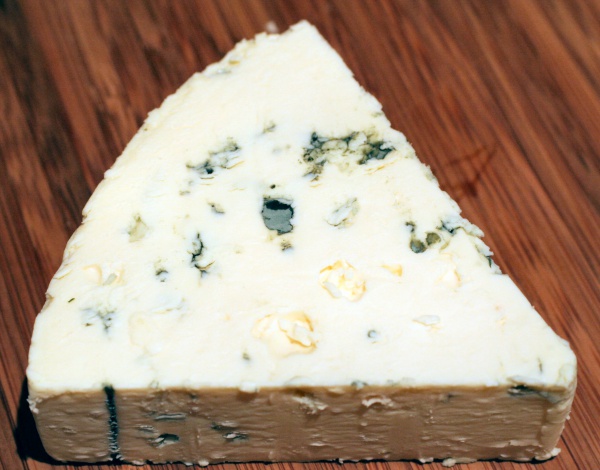Facts About Danish Blue Cheese
Danablu, known as Danish Blue Cheese in North America, is a flavorful, blue-veined cheese with a semi-soft texture and a rind that varies from white to yellowish. Made from full-fat cow’s milk and homogenized cream, this cheese has a fat content of 25-30% and is aged for about 8-12 weeks. To ensure the even distribution of the mold (Penicillium roqueforti), cheese makers use copper wires or rods, which create characteristic holes in the final product.
Created in the early 20th century by Danish cheese maker Marius Boel, Danablu was designed to emulate the renowned Roquefort cheese. While it has a milder flavor profile, it still delivers a sharp, salty taste. This versatile cheese is often crumbled over salads or served as a dessert cheese with fruit. In Denmark, it is a popular choice for topping bread or savory crackers.
Danablu, along with Danbo and Esrom, is one of only three Danish cheeses to earn the prestigious PGI (Protected Geographical Indication) mark from the EU. This designation means that Danablu can only be produced in Denmark, using Danish milk, and must meet strict production standards set by approved dairies.

 Germany
Germany